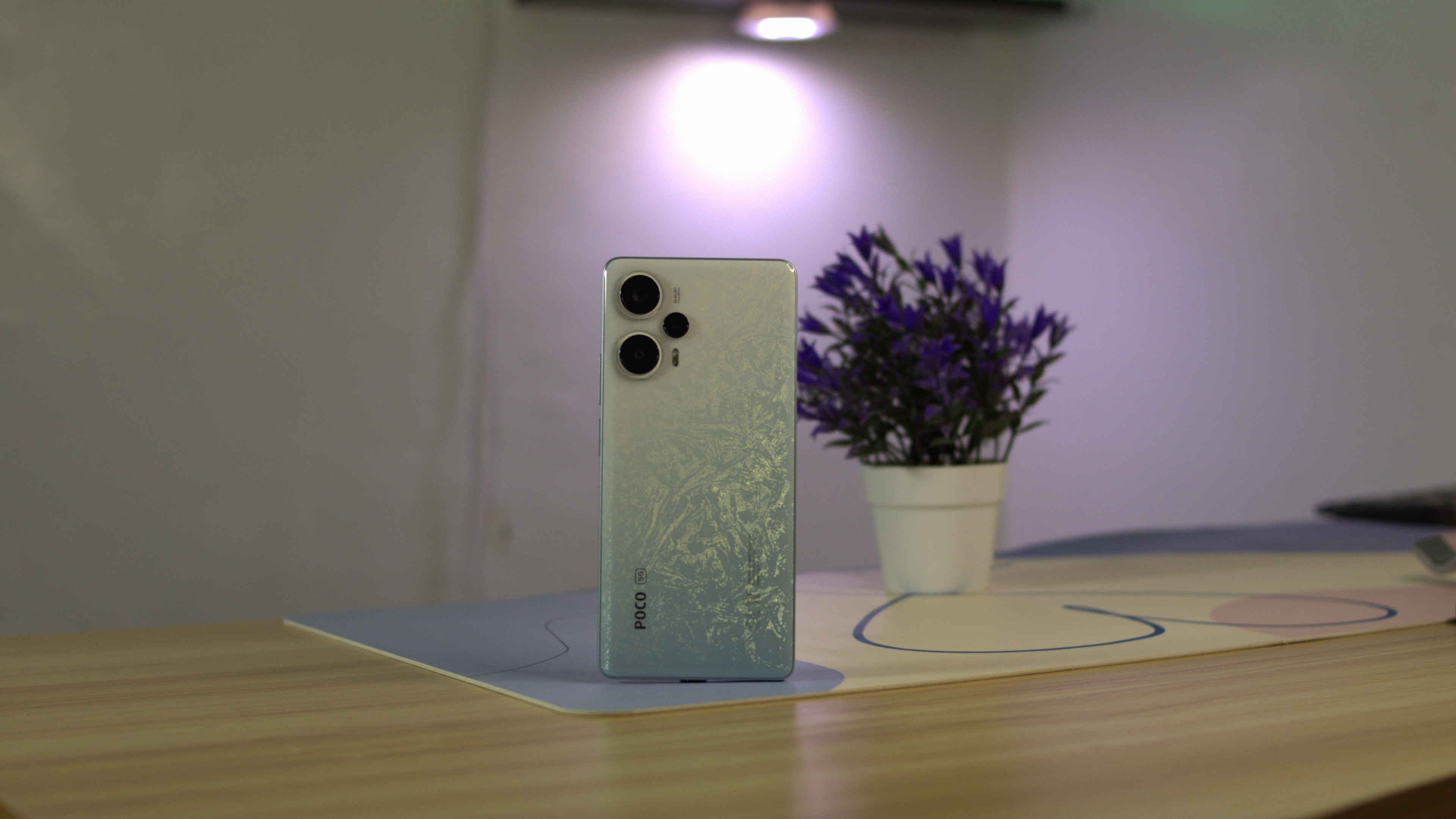
Xiaomi's POCO brand started out with a bang in 2018 with the POCO F1, a gaming phone with some killer specs for a fraction of the price of flagship handsets. Since then, the company has expanded its range to include mid-range and low-end phones. But the POCO F series is still its most important range, and the new POCO F5 is the latest entry.
I've been using the POCO F5 for a few weeks now, and I've been putting it through its paces. I've been using it for everything from browsing the web to playing games to taking photos in order to find out how good the cameras are, how long the battery lasts, and more. So, is the POCO F5 a worthy successor to last year's model? We'll find out in this review.
POCO F5: Price and availability
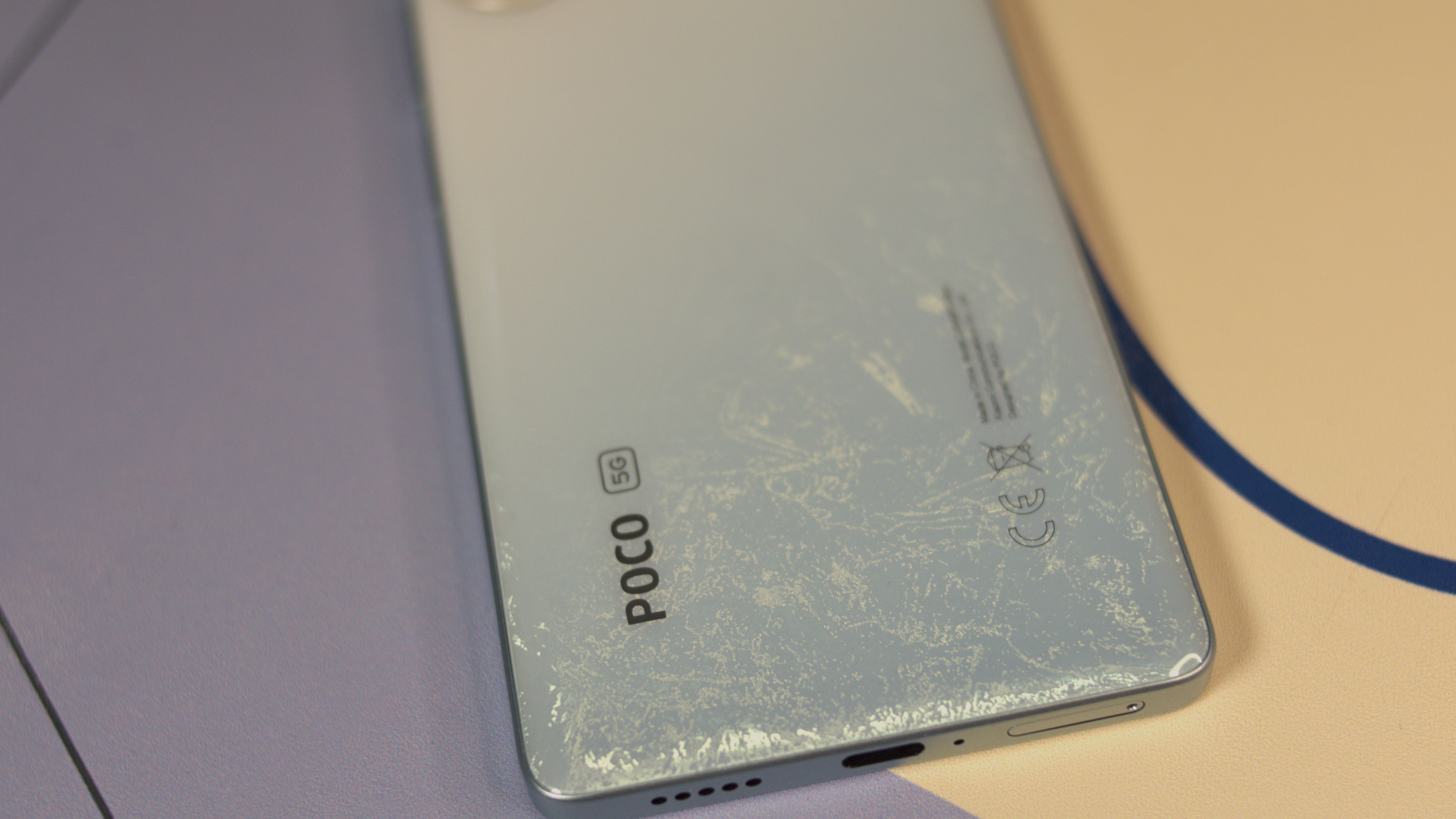
The POCO F5 is available to purchase in the UK and the EU for £449 or €429, which gets you 12GB of RAM and 256GB of internal storage. This is the only configuration available officially via the Mi store. The phone ships in black, white, and blue color schemes.
If you grab a POCO F5 via Xiaomi UK's online storefront right now, you'll be able to snag it up for £429 thanks to an ongoing promo. Similarly, you'll get two months' worth of YouTube Premium membership as part of the company's offering that lasts until July 31, 2024.
POCO F5: What I like
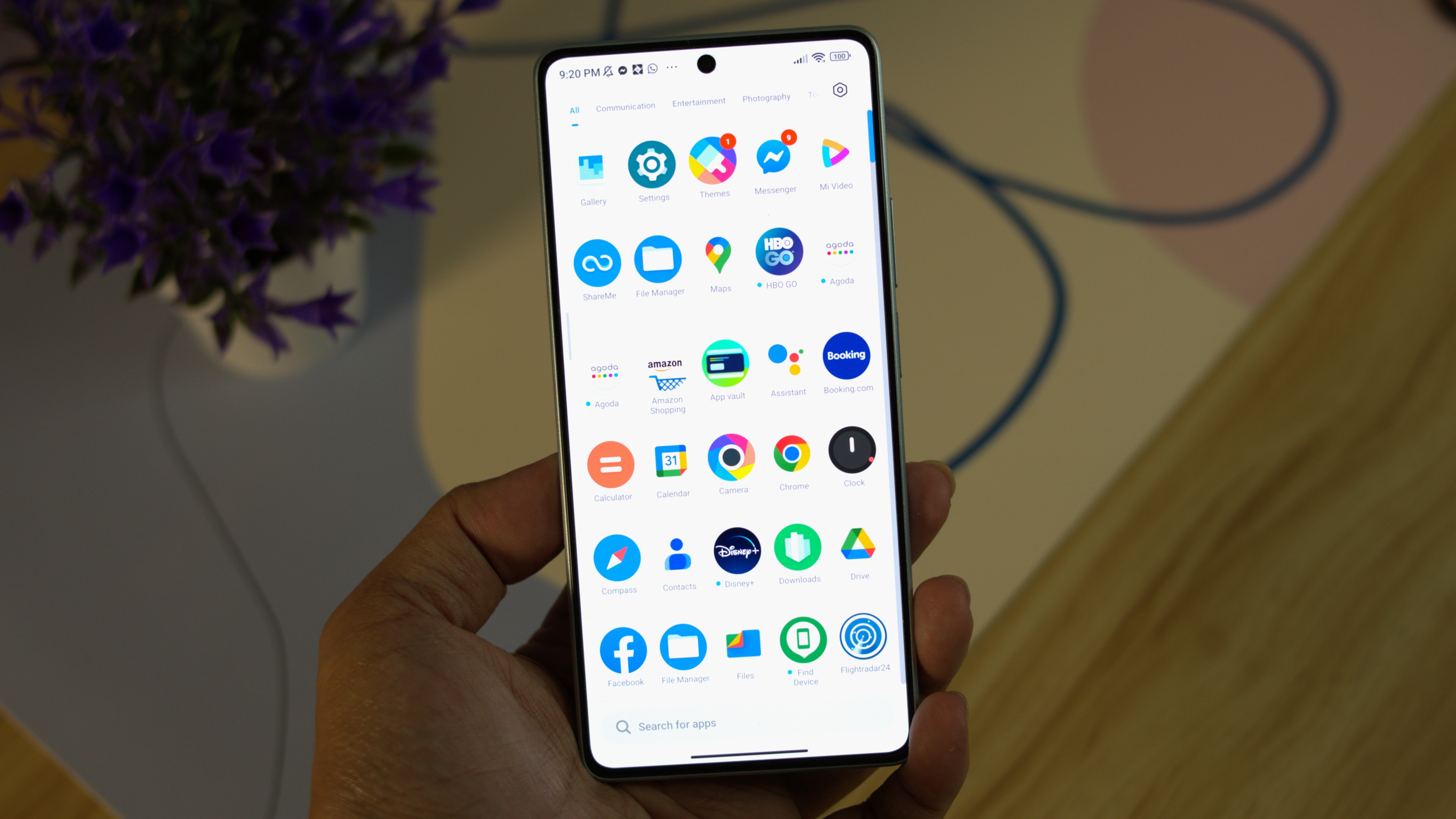
Power-chasers like me will be pleased that the POCO F5 has been upgraded to Qualcomm's Snapdragon 7 Plus Gen 2 chipset, which is relatively new to the market and not yet available on any of our favorite Android phones in any price range. It's a demonstration of POCO's commitment to performance, particularly with its F series, and it's reassuring to see the brand stick to its tradition with both the regular F5 and the POCO F5 Pro.
Thanks to its modern chipset, the POCO F5's performance is beyond reproach, and I am able to play PUBG Mobile on maxed-out settings with no annoying stutter. Titles like Genshin Impact and Call of Duty Mobile also deliver a fluid experience, with the frame rate set to 60 fps. Stutters are inevitable on occasion, though.
The day-to-day performance of the phone shows that it occupies the slot between recent flagship models and upper mid-rangers, which is to be expected of the Snapdragon 7 Plus Gen 2. This means that general scrolling, web browsing, and multitasking work fine, although I do notice occasional lag when returning to the home screen. That said, this does not occur often enough to be a major issue.
If you're looking for a phone that can handle even the most demanding games, the POCO F5 is a great option.
The 67W charging speed on the F4 is not a new feature, but it's still a must-have for people who are always on the go. Personally, it's great to be able to top up my phone in a short amount of time, so I don't have to worry about running out of battery when I'm out and about. I'm able to charge the phone from zero to 100% in 45 minutes.
The POCO F5's battery life is so good, you'll be able to use it all day long and still have enough juice left to watch a movie before bed. That means you can finally stop worrying about your phone dying in the middle of a Netflix binge. I manage to squeeze out a respectable eight hours of screen-on time with some gaming, YouTube viewing, and social media scrolling. Not a record-breaking performance, but not a total snoozefest either.
Unlike the POCO F4, the latest model has a pleasing design that will turn some heads. POCO sent me the white variant with a nice pattern of speckled blue color gradients that gives a three-dimensional texture effect. It has squared-off edges, a punch-hole cutout on the front for the selfie snapper, and a glossy back that thankfully repels fingerprint smudges, unlike the Pro model.
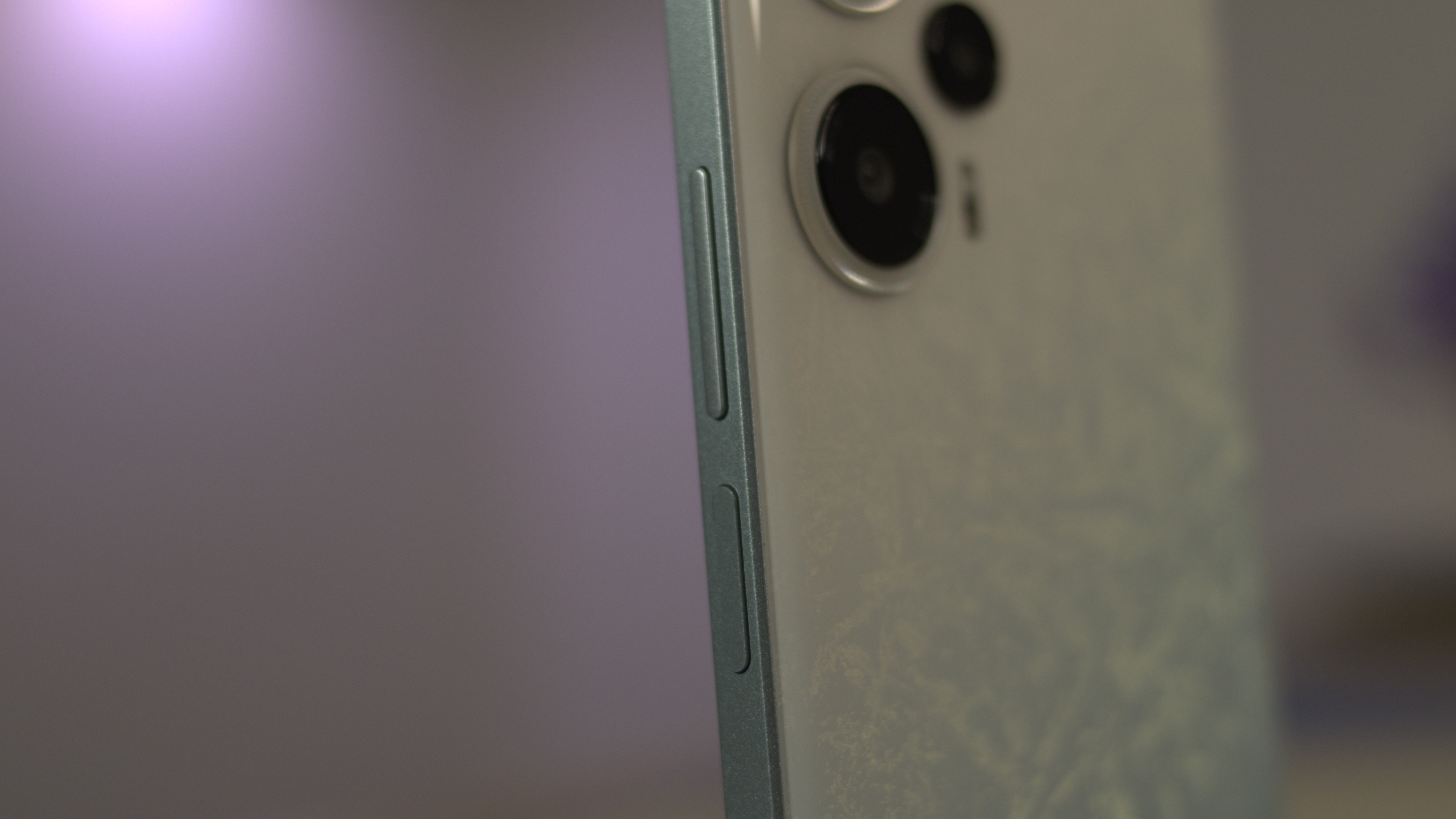
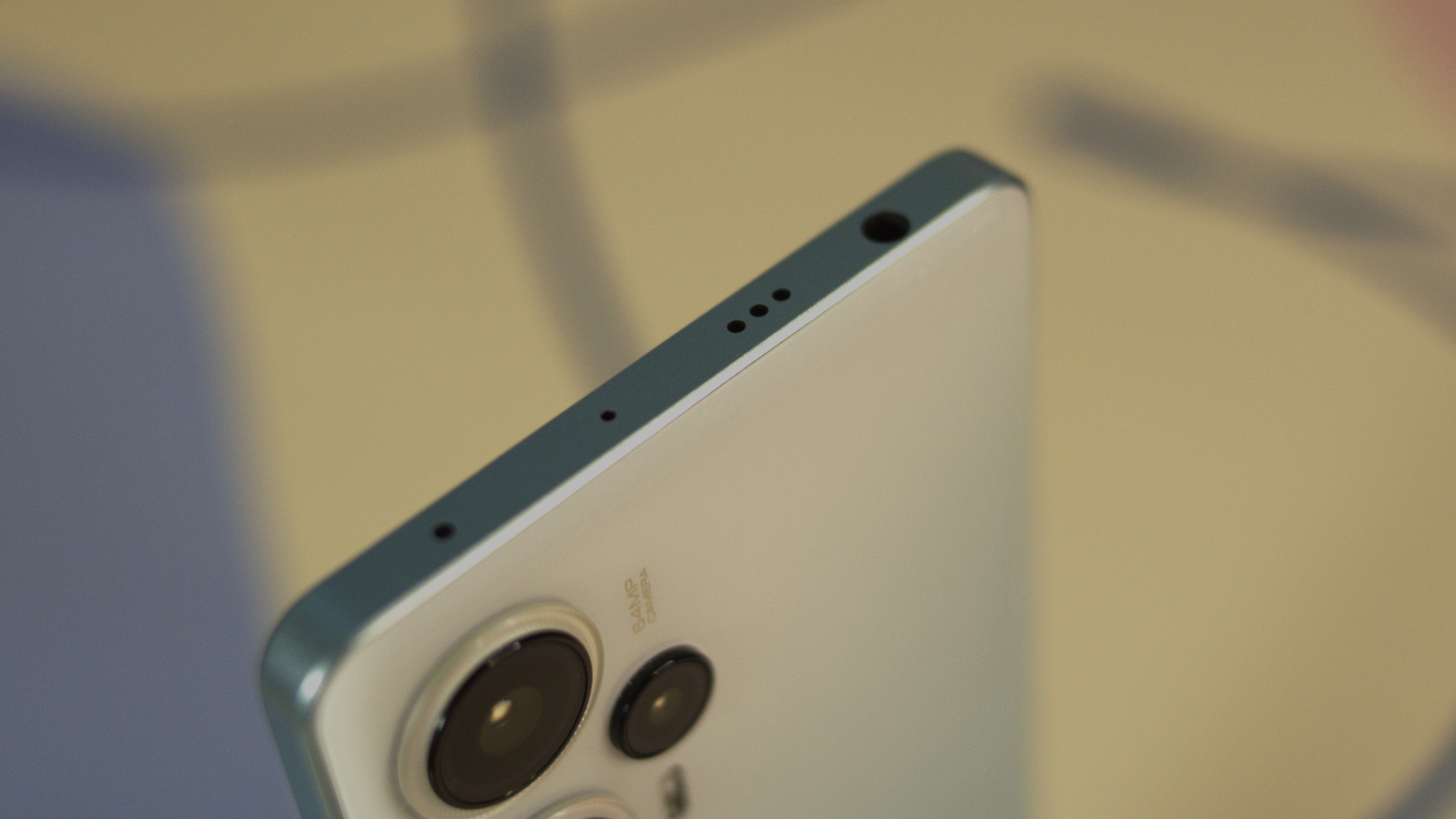
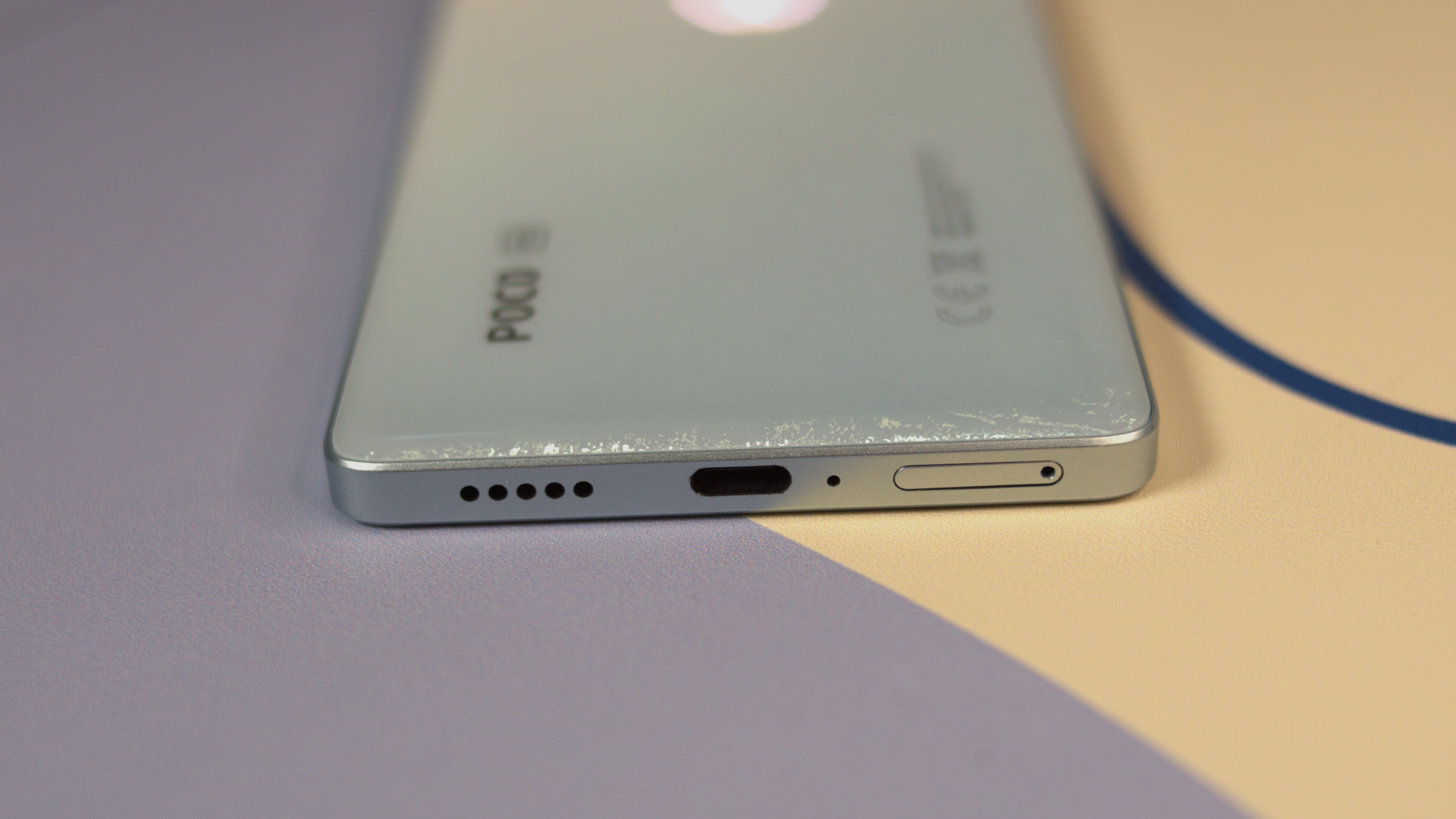
The POCO F5 has the same 6.67-inch FHD+ OLED panel as its predecessor, and that's not a bad thing. The screen is bright enough under direct sunlight, and the colors are accurate, making media consumption a particular treat. You also get a dynamic 120Hz refresh rate, which seems to be POCO's favorite formula for its mid-range models.
The main camera is also the same as before, though it doesn't disappoint as well. It captures stunning shots with decent detail and good dynamic range, but only if there's enough light coming into the sensor. Most of the time, I find the colors to be on the vibrant side during the day without being obtrusively lurid.
If you're fond of mid-range phones, you may have noticed the proliferation of macro sensors paired with ultra-wide shooters as the default formula these days. This is still the case with the F5, and as I've often said in my reviews, the macro sensor is not as useful as you'd like it to be (we'll talk about it in detail later).
POCO F5: What I don't like
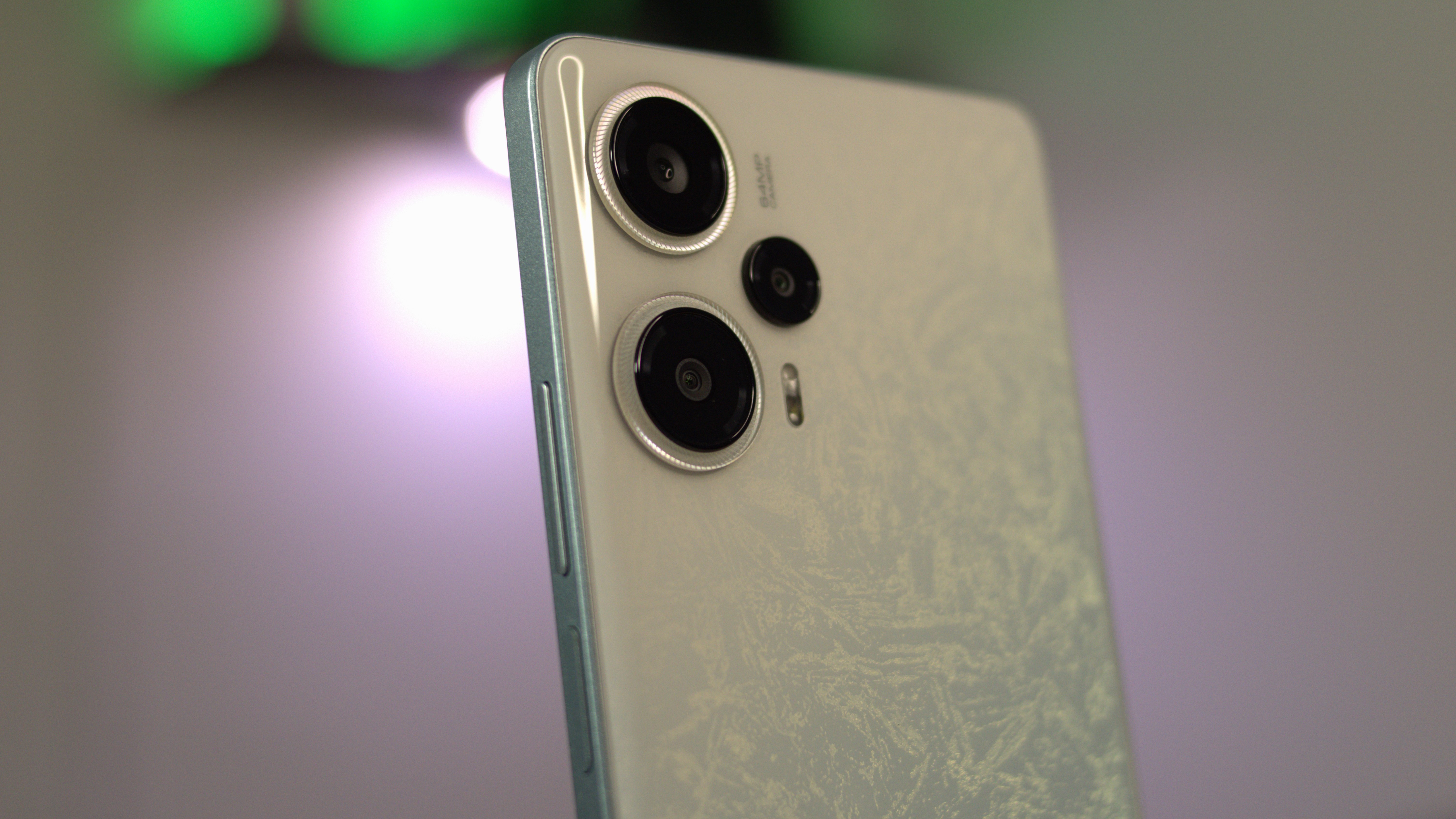
While the POCO F5 is no slouch in terms of performance, it's a different story on the software side of things. The biggest potential snag to my experience of using the phone comes from POCO's take on MIUI.
The latest version, MIUI 14, still lacks graceful icons, not to mention its litany of bloatware. But that's to be expected of Xiaomi's Android skin, unless the company decides to take a new route. That's not to say this is the worst UI in the industry. That said, you can hide these apps from the home screen, although uninstalling some of them is impossible.
Thankfully, it has tamed the previous version's intrusive system ads, which would otherwise ruin my overall experience. After all, the lack of ads is one of POCO's strengths to begin with, as opposed to its sister brand, Redmi.
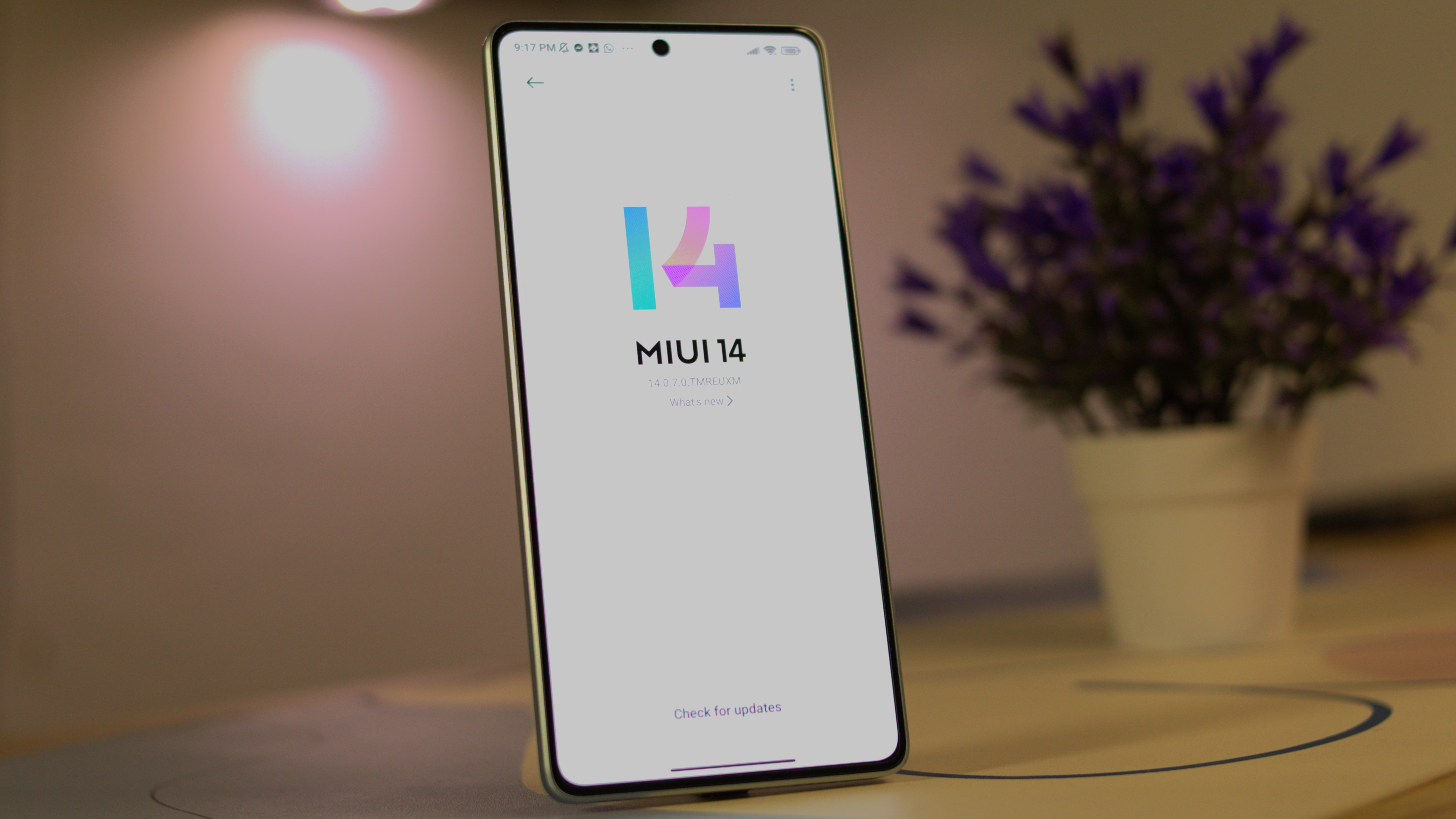
Xiaomi is also keeping things the same with the camera on the POCO F5, which is the same setup as the POCO F4. It's also the same set of shooters for the F5 Pro, and while that's not entirely a bad thing, the auxiliary cameras are not quite the best on the market.
It would have been a lot better to swap out the macro sensor with a telephoto shooter. Since this isn't the case, the phone crops in on the main camera when you're zooming in on a scene. This is generally fine on a bright sunny day, with a respectable level of detail, decent exposure, and a good dynamic range. However, images tend to become soft when the sky is overcast.
The main camera is decent, but the auxiliary cameras are not the best.
Shots from the main sensor also tend to be a little too saturated, and the noise levels tend to increase in darker areas, with images becoming over-sharpened in this case. This is solved when you switch to Night mode, which does a solid job of lifting the brightness and reducing noise, likely owing to OIS that allows for slower shutter speeds. On the other hand, the default Photo mode doesn't produce bright shots at night.
Like most POCO smartphones I came across in the past, the F5's ultrawide shooter still has trouble taming noise in dark areas of the scene. Moreover, its colors are not consistent with those of the main camera. And as I keep saying, there's no practical use for the 2MP macro sensor.















The selfie snapper is equally subpar as well. While it captures images with adequate detail, my selfies were a bit too blown out in the background. In some cases, images tend to be overexposed. The portrait mode does a decent job of isolating the subject from the background, but overexposure remains a big concern.
Indoor selfies are a bit inconsistent, with some shots looking sharp while others tend to become soft depending on the amount of light available.
POCO F5: The competition
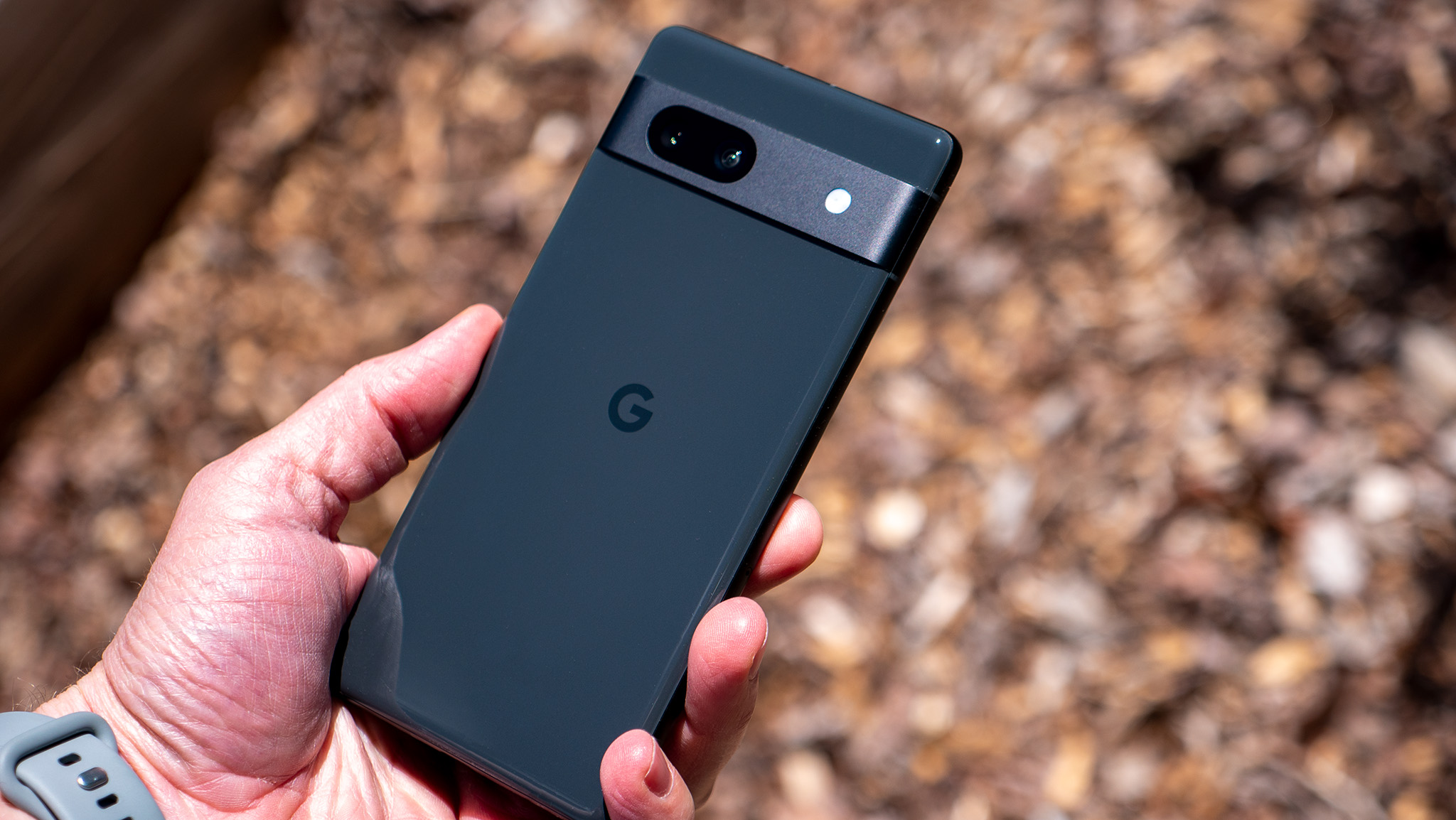
The POCO F5 is a great phone for the price, but it's not the best value option out there at £449. This is an £80 price bump over the POCO F4. At this price, you may be better off purchasing a Google Pixel 7a, which offers a clean Android experience. The cameras are also best-in-class, as per our own Nicholas Sutrich, and the performance is up to par with the competition.
Meanwhile, if you're looking for equally reliable cameras with 4K recording to boot, the Samsung Galaxy A54 is a better alternative. The Galaxy A54 also comes with Samsung's One UI software, which is packed with features and customization options. Plus, Samsung promises to support the Galaxy A54 with software updates for at least four years, which is longer than most other Android phones. Notwithstanding, you'll miss out on superb gaming performance and battery life with the Galaxy A54.
POCO F5: Should you buy it?

You should buy it if...
- You need a phone that's fast and will still be good in a few years.
- You want a phone that can be fully juiced up in less than an hour.
- Superior battery life is one of your major considerations.
You should not buy it if...
- Photography is one of your priorities.
- You're looking for a near stock Android experience.
- You hate loads of bloatware in your shiny new smartphone.
The Snapdragon 7 Plus Gen 2 chipset is one of the most powerful processors on the market, so you can be sure that the POCO F5 will be able to handle anything you throw at it. The 67W charging is incredibly fast, so you can go from empty to full in just a few minutes. The Full HD+ 120Hz OLED display is incredibly smooth and responsive, making it a pleasure to use for gaming, watching videos, or just browsing the web.
The POCO F5 is a step up from its predecessor in some ways, but it also has some flaws. Sure, the main sensor gets the job done, but the auxiliary sensors are an afterthought. The software is better out of the box than the previous POCO phone. It is more user-friendly and has fewer bugs. However, there are still loads of unwanted apps that can be annoying.
Overall, the POCO F5 is a mixed bag. It has some great features, but it also has some flaws. If you are looking for a phone with fast charging and reliable performance, then the POCO F5 is a good option. However, if you are looking for a phone with great sensors and a more refined UI, then you might want to look elsewhere.
The Poco F5 is a decent mid-range smartphone for the price. It has two significant improvements over its predecessor: a faster processor and a larger battery capacity. Otherwise, the rest of the specifications are nearly identical.







